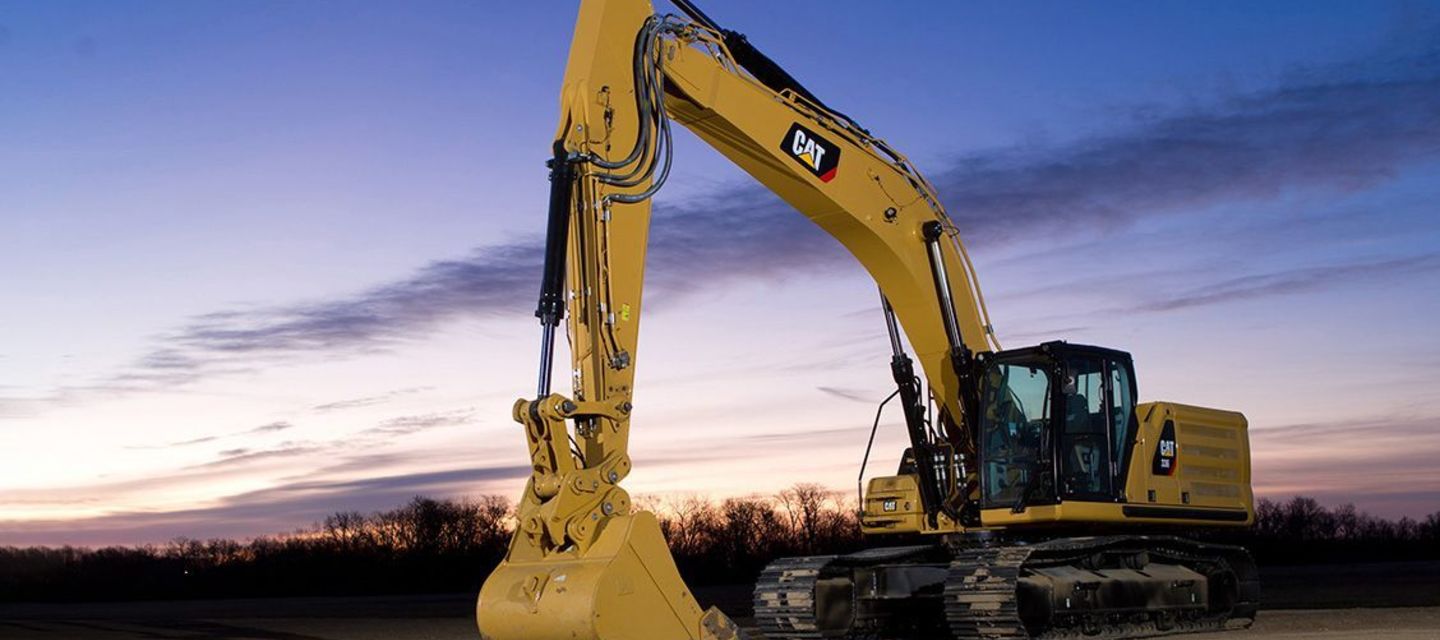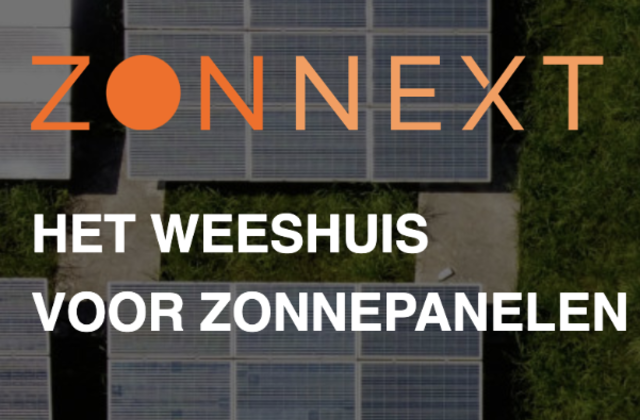What is it? Construction equipment manufacturer Caterpillar (Cat) has a remanufacturing hub (Reman Hub) that aims to extend the lifetime of its products.
Why is this important? The automotive parts manufacturing industry is a highly extractive industry. Often the mining of virgin raw materials also comes with societal costs alongside significant natural degradation (Dudka & Adriano, 1997). In supplying the option for remanufacturing of its products, Cat reduces the amount of scrap material that is sent to landfills at the end of life of the machines. Further, this also lower the mining, extraction and manufacture of new raw materials that go into creating machine components (e.g. iron ore, copper, steel, etc.).
Main resource strategy: Slowing the loop by extending the lifetime materials and components remain in use.
Closing the loop by promoting reuse of old remanufactured parts again.
Other resource strategies: Narrowing the loop by using remanufacturing processes that consume fewer resources, and send less waste to the landfill (Cat, 2022d).
Business model aspects:
- Value Proposition: Cat’s Reman Hub uses remanufacturing techniques designed to match the manufacturing process of new products (Cat, 2021).
- Value Creation & Delivery: Customers can return old used parts to dealers in exchange for credit. Cat Reman then disassembles, salvages, reengineers and remanufacturers them to match the quality and performance of new products, and in turn recapture their value (Cat, 2021).
- Value Capture: Cat Reman promises a same-as-new product experience, for upto 60% lower price than the cost of a new products. Cat also provides a same-as-new 12-month warranty on the remanufactured parts (Cat, 2022a).
Strategies for degrowth/ sufficiency (based on sufficiency strategies from Niessen & Bocken, 2021):
- Design: Cat Reman designs parts with extra lives and uses in mind, and thus ensures the maximum utility of products (Cat, 2022a). They state that their sustainability efforts aim to do more than meeting shareholder demands and government regulations (Cat, 2022d).
Business model experimentation practices: Cat opened its first remanufacturing plant in 1973, and his built upon its experience since then. Cat noticed that customers and dealers were remanufacturing its products locally through independent builders already. It decided to launch its own remanufacturing program in order to provide its customers and dealers with top-quality remanufactured parts with warranty, that they could purchase for less than 2/3rds the price of new products (Cat, 2022b).
Tools, methods and approaches used: When a customer buys a remanufactured Cat product, a deposit on the core (for e.g. the engine) is charged during sale. When the core is returned at the end of its life, the deposit is refunded (Cat, 2022b). This lowers total transaction costs for the customer, creates a high-likelihood of return, and ensures that Cat can create a closed-loop system.
Sustainability outcomes: Cat claims that its remanufacturing process uses 85% less raw materials, 85% less energy, 80% less water, and 61% fewer greenhouse gas emissions, when compared to manufacturing new parts (Cat, 2022a, d). So far, the program has collected 127 millions pounds of materials through end-of-life returns (Cat, 2022c).
Sources:
Cat. (2022a). The Cat Reman Difference - What Sets Cat Reman Apart. Accessed 14 October 2022 at: https://www.cat.com/en_US/products/new/parts/reman/the-cat-reman-difference.html
Cat. (2022b). The Cat Reman Difference - The History of Cat Reman. Accessed 14 October 2022 at: https://www.cat.com/en_US/blog/cat-reman-history.html
Cat. (2022c). The Remanufacturing Process - The Making of Cat Reman. Accessed 14 October 2022 at: https://www.cat.com/en_US/products/new/parts/reman/the-remanufacturing-process.html
Cat. (2022d). Sustainability – Through Cat Reman. Accessed 14 October 2022 at: https://www.cat.com/en_US/products/new/parts/reman/sustainability.html
Cat. (2021). Extending Product Impact: Cat Reman. Accessed 14 October 2022 at: https://www.caterpillar.com/en/careers/careersnews/reman-leaders-nuevo-laredo.html
Dudka, S., and Adriano, D. C. (1997). Environmental Impacts of Metal Ore Mining and Processing: A Review. Journal of Environmental Quality. (26).
***
About project Circular X
Project Circular X is about ‘Experimentation with Circular Service Business Models’. It is an ambitious research project funded by the European Research Council (ERC) which supports top researchers from anywhere in the world. Project CIRCULAR X runs from 2020-2025. The project is led by Principal Investigator (PI) Prof Dr Nancy Bocken, who is joined by a multidisciplinary team of researchers at Maastricht Sustainability Institute (MSI), Maastricht School of Business and Economics, Maastricht University. The project cooperates with businesses who want to innovate towards the circular economy.
Project Circular X addresses a new and urgent issue: experimentation with circular service business models (CSBMs). Examples of such new business models include companies shifting from selling products to selling services and introducing lifelong warrantees to extend product lifetimes. However, CSBMs are far from mainstream and research focused on experimentation is little understood. The research aims to conduct interdisciplinary research with 4 objectives:
- Advancing understanding of CSBMs; their emergence and impacts
- Advancing knowledge on CSBM experimentation
- Developing CSBM experimentation tools
- Designing and deploying CSBM experimentation labs
Funding source
This project has received funding from the European Research Council (ERC) under the European Union’s Horizon 2020 research and innovation programme, grant agreement No. 850159.
Using of this information
When you refer to this case, please use the following source:
Circular X. (2023) Case study: CAT - Reman Hub. Accessed from www.circularx.eu



